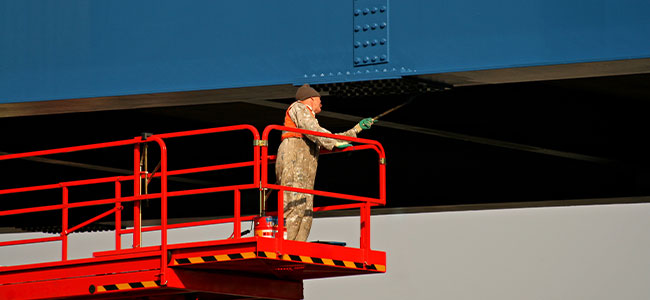
Regal Industrial Corp. Agrees to $299K Settlement for Workplace Safety Violations
OSHA cited the Pennsylvania-based manufacturer with 17 violations.
- By Robert Yaniz Jr.
- Mar 12, 2024
The U.S. Department of Labor (DOL) has finalized a settlement with Pennsylvania-based Regal Industrial Corp., following an OSHA investigation that uncovered 17 violations, including four willful and 11 serious, at a site in Millville, New Jersey.
According to a release dated March 6, the company has agreed to pay $299,000 in penalties and commit to enhanced safety measures. After a complaint led to an investigation launched on April 18, 2022, OSHA identified violations that included inadequate training on respirator use and chemical hazards and a lack of fall protection, machine guarding and proper electrical safety practices in areas with flammable materials.
“This positive outcome demonstrates the value of the vigorous enforcement and litigation efforts by OSHA and the department’s Office of the Solicitor to ensure that employers come into compliance and make meaningful safety improvements for their workers,” Regional Solicitor of Labor Jeffrey S. Rogoff in New York said in a statement.
As part of the settlement, Regal Industrial Corp.—which specializes in abrasive blasting, metallizing and coating applications for steel and concrete structures—must develop a comprehensive safety and health management program, involve employees in the program’s creation and maintenance, and conduct regular hazard assessments.
In addition, Regal Industrial Corp. must prioritize hazard control, provide training in languages understandable to workers and perform periodic reviews to ensure the effectiveness of the implemented safety measures.
About the Author
Robert Yaniz Jr. is the former Content Editor of Occupational Health & Safety.